Nestled 45 kilometres from the bustling city centre, on the border between Konya and Karaman, lies the dormant volcanic marvel of Karadağ. While its geological grandeur may first capture attention, it is the surrounding historical treasures that truly reveal the essence of Anatolian culture.
Karadağ is home to numerous churches, monasteries, and tombs, forming what is famously known as the “Thousand and One Churches.” The area is sometimes referred to as the ancient city of Barata, although its original name remains uncertain.
The slopes of Karadağ, inhabited by countless civilisations over millennia, bear traces of cultures ranging from the Hittites to the Ottomans.
The churches of Karadağ are more than architectural relics; they are portals to understanding the religious and cultural mosaic of Anatolia. Their styles reflect the influences of the many civilisations that once thrived in the region—from the Byzantines to the Seljuks and beyond.
Among the most notable is the Church of St Stephen, a testament to Byzantine craftsmanship, distinguished by its domed ceilings and intricately crafted mosaics.
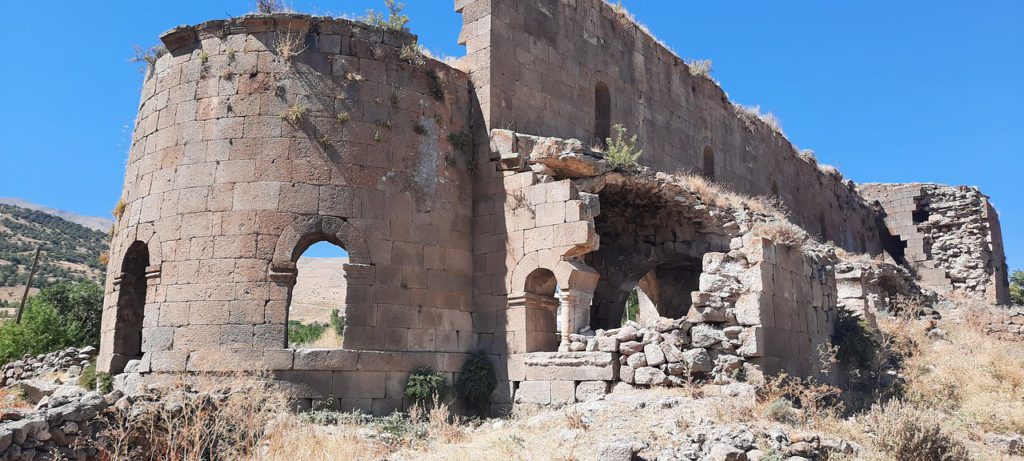
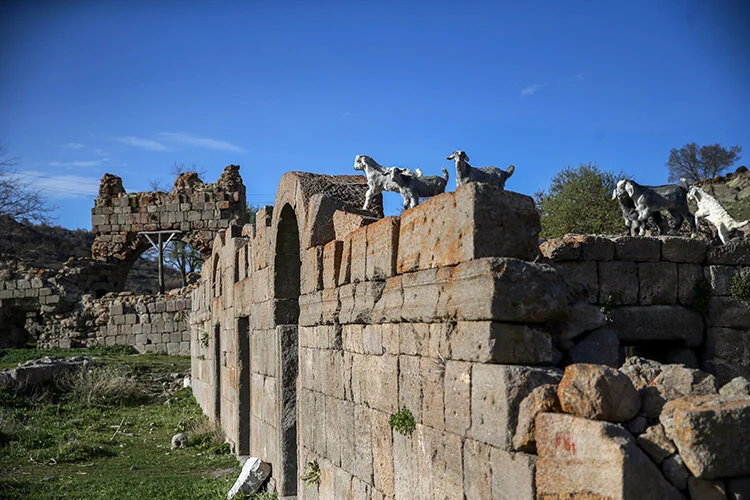
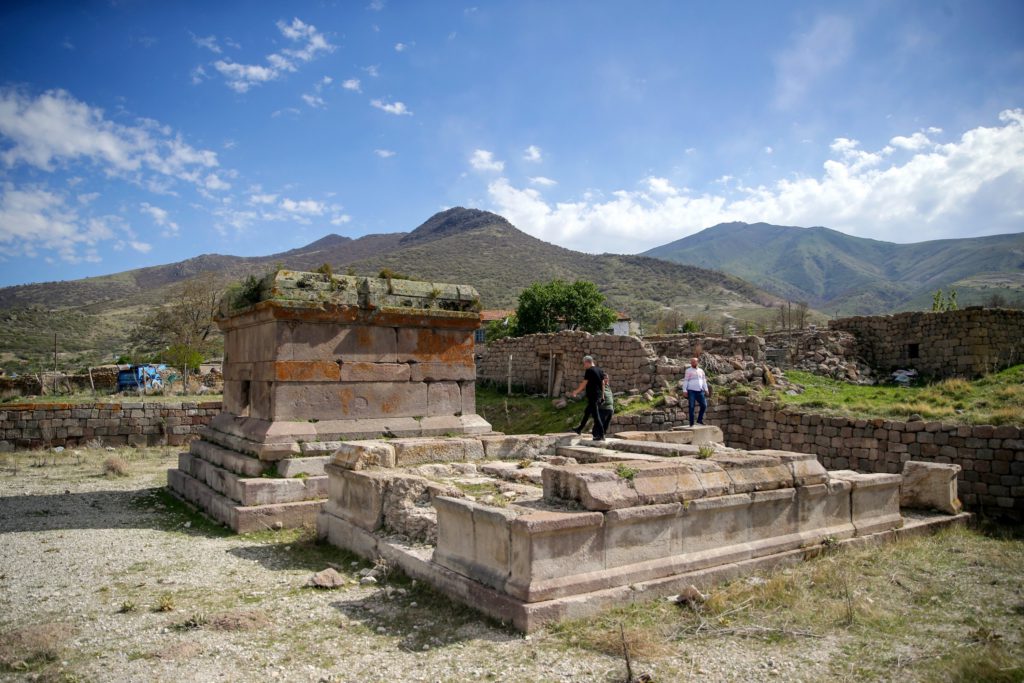
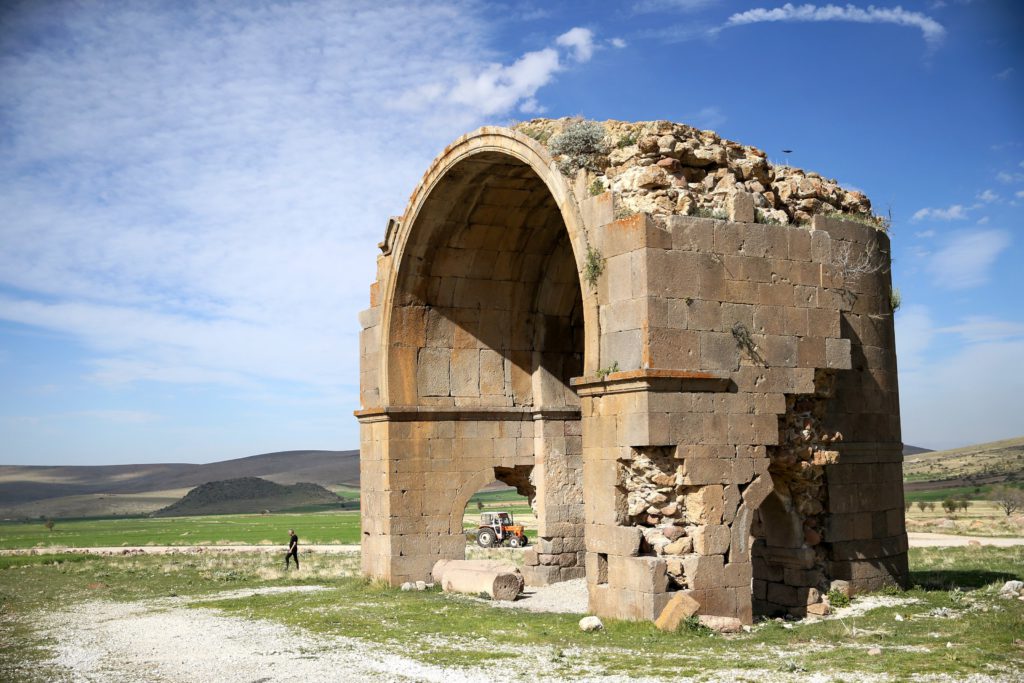
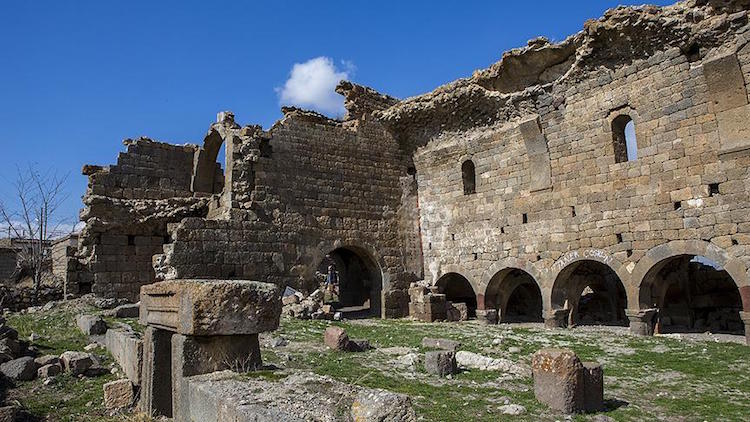
Adjacent to the churches lie the remnants of monastic complexes, where devout monks once sought solace and enlightenment. The echoes of their prayers seem to linger in the air, creating an atmosphere of reverence and introspection.
Scattered throughout the area, tombs offer glimpses into ancient burial customs and rituals. Each one tells a story of lives once lived, commemorating the departed in stone and mortar.
Beyond their historical significance, the “Thousand and One Churches” of Karadağ stand as cultural landmarks, bridging past and present. They remind us of the enduring legacy of Anatolian civilisation and the vital importance of preserving our shared heritage for future generations.
Location Map
Further reading: Binbirkilise and Mount Karadağ








